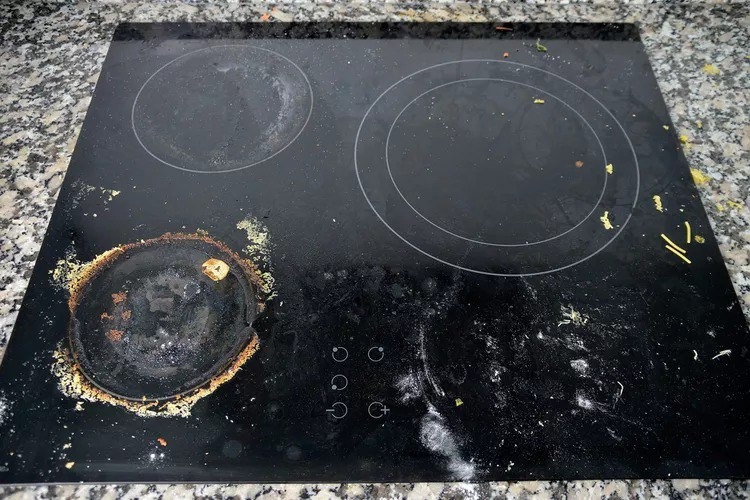ADVERTISEMENT
Certainly! Here’s an article on **Seemingly Harmless Habits That Can Damage Your Glass Cooktop**:
—
## **These Seemingly Harmless Habits Can Damage Your Glass Cooktop**
Glass cooktops are a sleek and modern addition to any kitchen, combining **elegance** with **functionality**. They provide a smooth, easy-to-clean surface and heat food efficiently, making them a popular choice for many home cooks. However, while glass cooktops are durable, they require some care and attention to keep them looking pristine and functioning properly.
Many homeowners unknowingly engage in habits that can cause **scratches**, **cracks**, or **performance issues** on their glass cooktops. In this article, we’ll highlight some of the most common habits that could be doing more harm than good—and offer practical tips to protect your glass cooktop for years to come.
—
### **1. Using Pots and Pans with Rough or Dirty Bottoms**
It might seem harmless, but **cooking with pots and pans that have rough or dirty bottoms** can lead to **scratches** on your glass cooktop. Over time, small particles of dirt, grease, or burnt food on the bottom of your cookware can scratch the surface, leaving unsightly marks and potentially causing permanent damage.
#### **What to Do**:
– Always **clean the bottoms** of your pots and pans before placing them on the cooktop.
– Check the base of your cookware for any **rough spots** or **debris** and give it a quick scrub.
– Consider using cookware with **smooth, flat bottoms** to prevent friction that can damage the surface.
—
### **2. Dragging Cookware on the Glass Surface**
Dragging pots, pans, or utensils across the surface of your glass cooktop may seem like a quick and easy way to move things, but it’s a surefire way to **scratch the surface**. Even if you’re careful, the slight abrasions can add up over time, leaving visible marks.
#### **What to Do**:
– Always **lift** your cookware when moving it across the cooktop to avoid dragging it.
– Be mindful of your movements when placing or removing pots to prevent inadvertent scraping.
—
### **3. Cooking with Too High Heat on Low-Quality Cookware**
While it’s tempting to crank up the heat when cooking to save time, doing so on **cheap or incompatible cookware** can lead to heat damage. Glass cooktops are sensitive to sudden temperature fluctuations, and some cookware, especially those made from **thin metals**, can cause uneven heat distribution. This might result in **discoloration** or even **cracking** of the glass.
#### **What to Do**:
– Always use **quality cookware** with thick, flat bottoms for even heat distribution.
– Avoid **extremely high heat settings** on your cooktop, as it can cause thermal shock, which can crack the glass.
—
### **4. Spilling Sugary or Acidic Liquids and Not Cleaning Them Immediately**
Spilling sugary substances, like syrup, or **acidic liquids** such as vinegar or tomato sauce, can be harmful to the glass cooktop if left unattended. These spills can **burn onto the surface** when heated, leaving permanent stains or causing discoloration. In extreme cases, spilled food can lead to **etching** on the glass.
